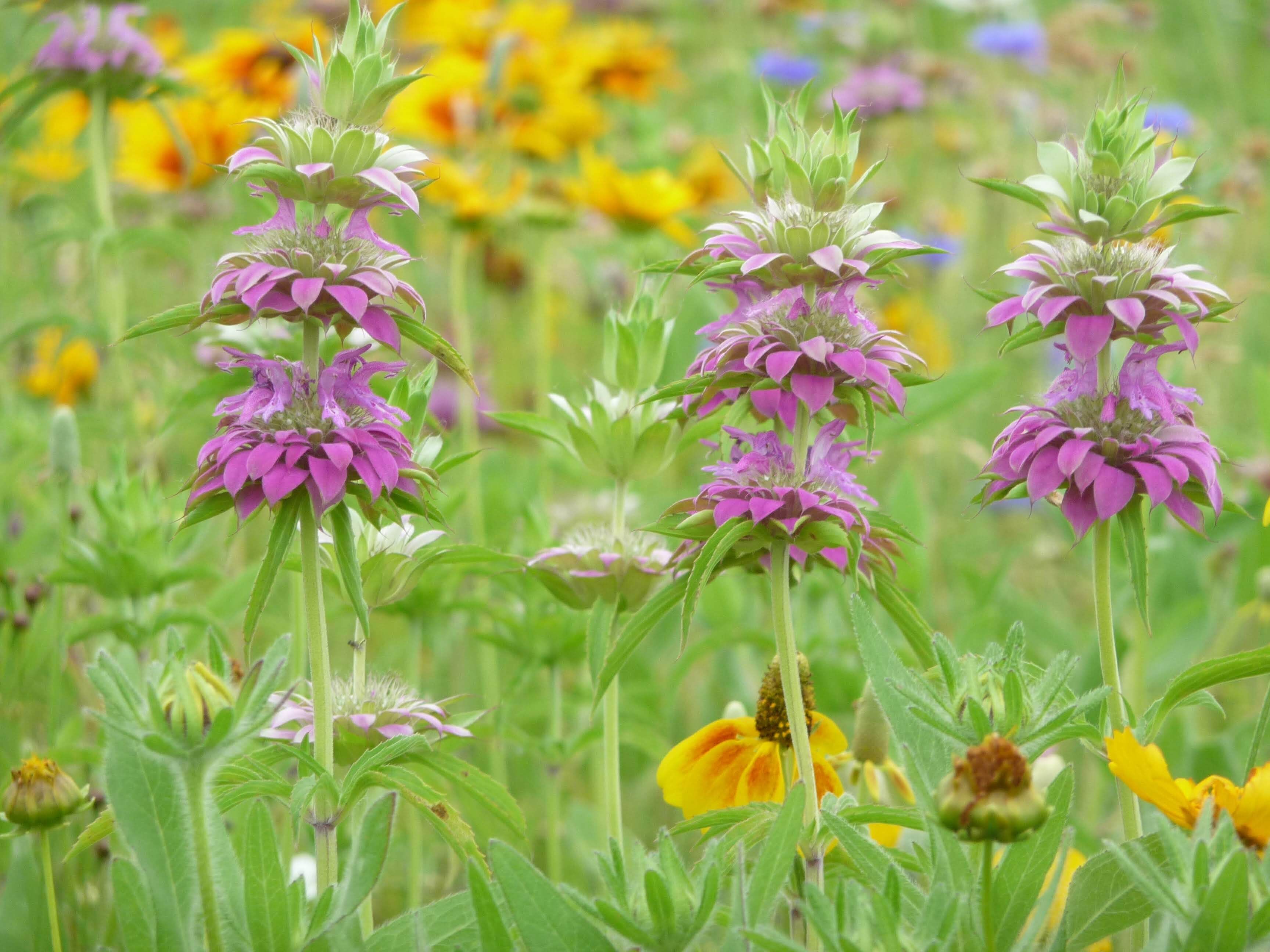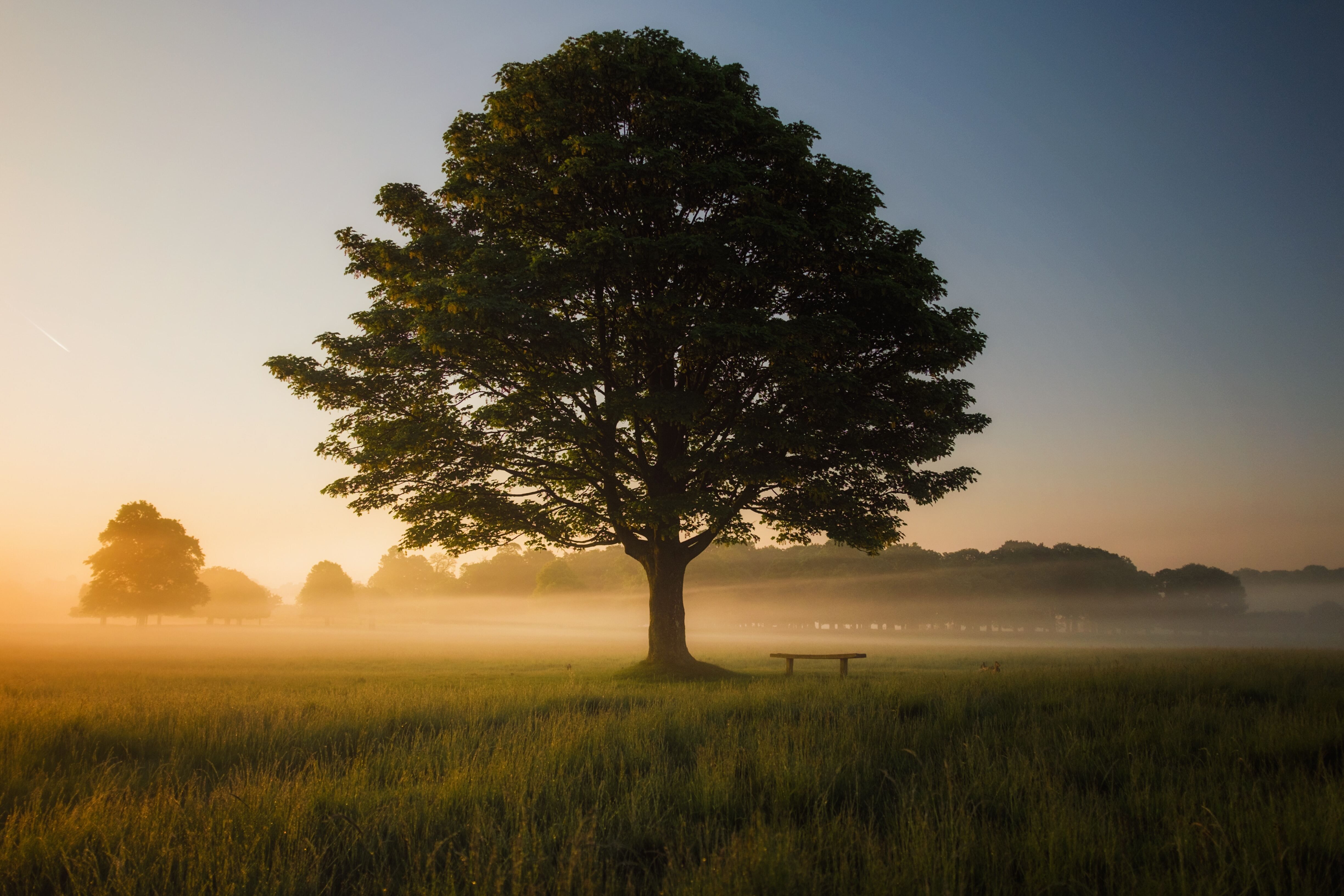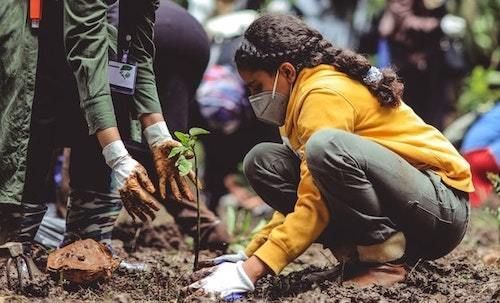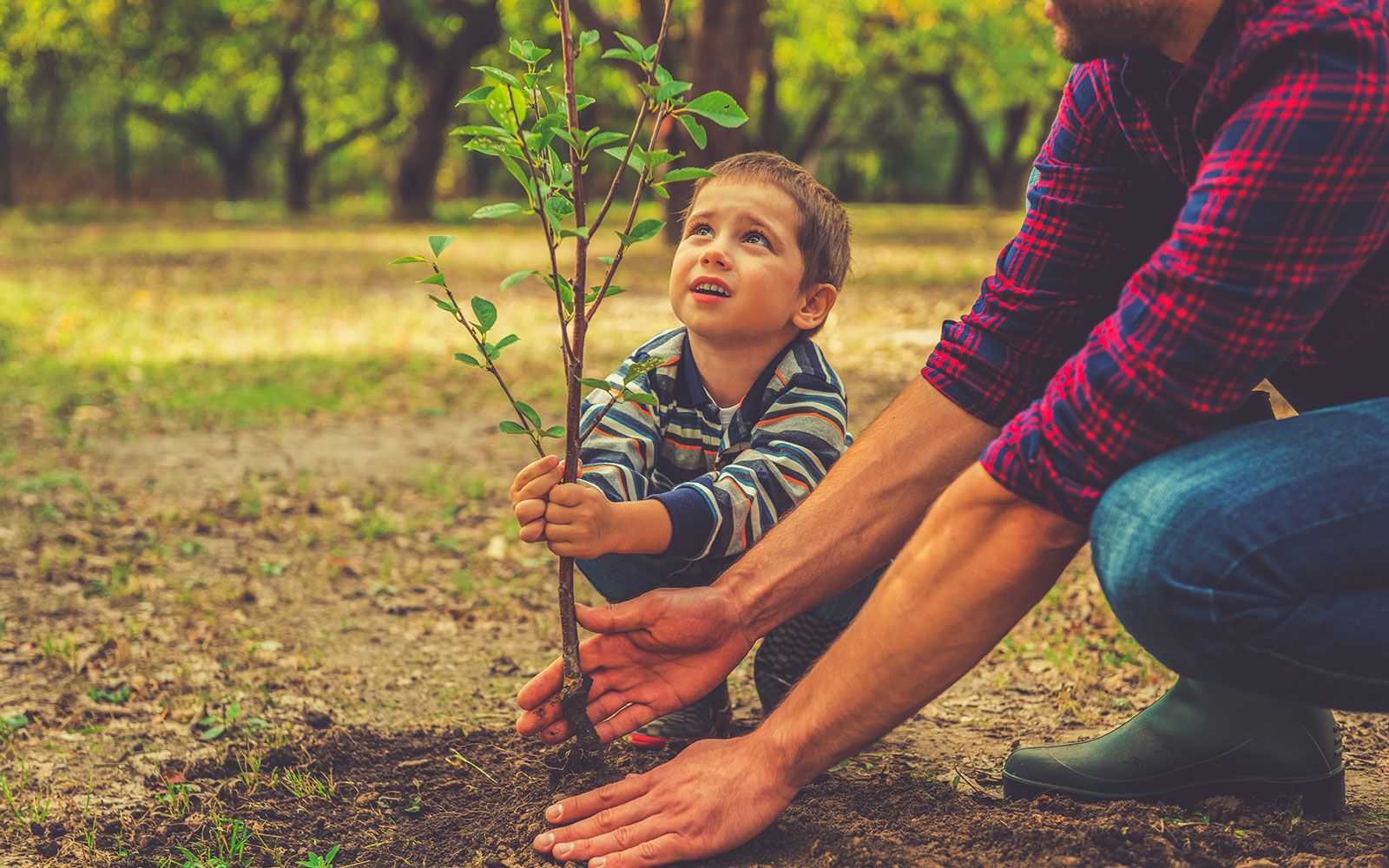
Conifers, including most evergreens, provide many benefits to us, and perhaps none is more important or appreciated than their ability to help us get through the winter. Nothing beats a group of evergreens for softening the harsh winter winds that can chill us to our bones. When fall colors fade and we’re mostly stuck inside for a few months, the view of an evergreen or two out the window can remind us of warmer days to come and the eventual return of green landscapes. In addition, conifers work well for screening unsightly views, and they provide critical habitat for wildlife, especially birds.
The Challenges with Conifers
Unfortunately, it’s not always easy to grow or keep conifers alive in our Great Plains landscapes. The biggest issue is our climate. Many of the most commonly planted conifers come from protected and moist locations in mountain environments, and they can struggle when we subject them to the windy winters, hot summers and frequent droughts of the Great Plains.
At the same time, high summer humidity can lead to foliar diseases on many species, especially in the eastern half of the state. Our gradually warming climate is taking a toll on some iconic species and an ever-growing list of diseases and insect pests is wreaking havoc, including pine wilt disease, which has killed thousands of introduced pines across the state in recent decades.
The Case for Conifers
Despite these problems, there are still several conifers which can be successfully grown when properly planted and cared for. Four of the toughest species we can grow are our Nebraska natives: eastern redcedar (Juniperus virginiana), Rocky Mountain juniper (Juniperus scopulorum), Ponderosa pine (Pinus ponderosa) and limber pine (Pinus flexilis), which are all climate adapted and very drought tolerant when established. In fact, none of them should be placed in highly irrigated landscapes. Ponderosa pine is an especially good choice across the state and can be used as both a shade tree in a yard and as part of a shelterbelt. Expect it to grow 50-70 feet tall and 30-50 feet wide.
Beyond the Nebraska natives, here are several other well-adapted species to consider:
- Black Hills spruce (Picea glauca) is a pyramidal tree similar to Colorado spruce but seems to be more tolerant of our warming climate. Grows 40-60 feet tall and 20-25 feet wide.
- Rocky Mountain Douglas fir (Pseudotsuga menziesii) has a similar form as Black Hills spruce but with soft needles. Grows 50-60 feet tall and 20-30 feet wide.
- Concolor fir (Abies concolor) is a graceful tree with a silver-blue color similar to Colorado blue spruce. Grows 40-60 feet tall and 20-30’feet wide.
- Norway spruce (Picea abies) is taller and wider growing than other spruces and is a better choice for southeast Nebraska than Colorado spruce. Grows 50-70 feet tall and 25-35 feet wide.
- Southwestern white pine (Pinus strobiformis) is a drought-tolerant, soft-needled pine from the southwest U.S. that has been doing well across the state. Grows 30-50 feet tall and 20-25 feet wide.
- Taylor juniper (Juniperus virginiana 'Taylor') is a very narrow and upright form of redcedar that originated in Nebraska. It makes a good accent plant where a green column is desired. Grows 20-25 feet tall and 3-5 feet wide.
Sometimes it’s easier to point out what not to plant. These evergreens that have been mainstays in Nebraska for decades are now problematic:
- Scotch pine and Austrian pine (Pinus sylvestris and Pinus nigra) are highly susceptible to pine wilt disease. Scotch pine should not be planted at all; Austrian pine should be used only in western Nebraska.
- Colorado spruce (Picea pungens) is a common evergreen that is showing serious decline in southeast Nebraska, most likely due to our warming climate.
- Eastern white pine (Pinus strobus) struggles in high heat and drought, and many mature trees have declined in eastern Nebraska in recent years. Plant it only where the soil can be kept moist during drought.
- Eastern redcedar (Juniperus virginiana) is the only evergreen native to southeast Nebraska. It’s an incredibly tough tree but is spreading rapidly into our grasslands and woodlands. Think twice before planting it.
To learn about many other potential species for planting, visit NSA's Resources page.
This article first appeared in GreatPlants Gardener magazine. Read more from that issue here.














